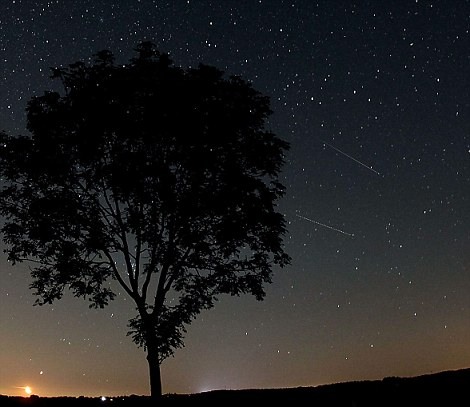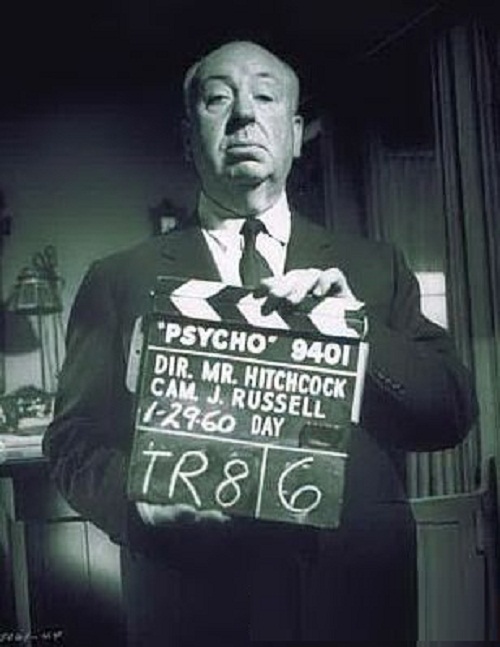Perseid meteor shower
Perseid meteor shower
People from different parts of the northern hemisphere of our planet spent the past few days looking up into the night sky to catch one of the most spectacular celestial light shows. Space enthusiasts admired dazzling Perseid meteor shower. The meteor shower is called Perseid because the point from which they appear to radiate lies in the constellation Perseus, named after one of the greatest heroes of the Greek mythology.
In this photo provided by Kevin Clifford, a meteor from the annual Perseid meteor shower falls from space over ruins at Fort Churchill State Historic Park on Sunday, Aug. 12, 2012, in Silver Springs, Nev. The Perseid meteors are debris left from the comet Swift-Tuttle. Fort Churchill, built in 1861 by the United States army to protect early settlers. (AP Photo/Kevin Clifford)
In fact, Perseid appears every year in August from the Perseus constellation. Formed as a result of the Earth passing through the trail of dust particles released by the comet Swift-Tuttle. Tiny particles, the size of a grain of sand, burn up in Earth’s atmosphere, forming a star rain. First it “showers” with the greatest force, then gradually weakens. The flow is active from July 17 to August 24, and the maximum is usually on August 12. The quantity of meteors usually reaches 60 per hour.
Perseid meteor shower

The night sky over the village of Kuklici, known for its hundreds of naturally formed stones which resembles human beings. A meteor streaks past stars

over the village of Kuklici, known for its hundreds of naturally formed stones which resembles human beings, near Kratovo

People watch the meteor shower at the ‘Atalayita village’, an archeological site on the Canary Island of Fuerteventura, Spain, late 12 August 2012

Mt. Fuji in the city of Gotemba. Photo taken at 1:51 a.m. on Aug. 13, 2012, shows a shooting star of Perseid as seen from the new fifth station of Mt. Fuji in the city of Gotemba, Shizuoka Prefecture. (Kyodo)
dailymail.co.uk/sciencetech/article-2187494











